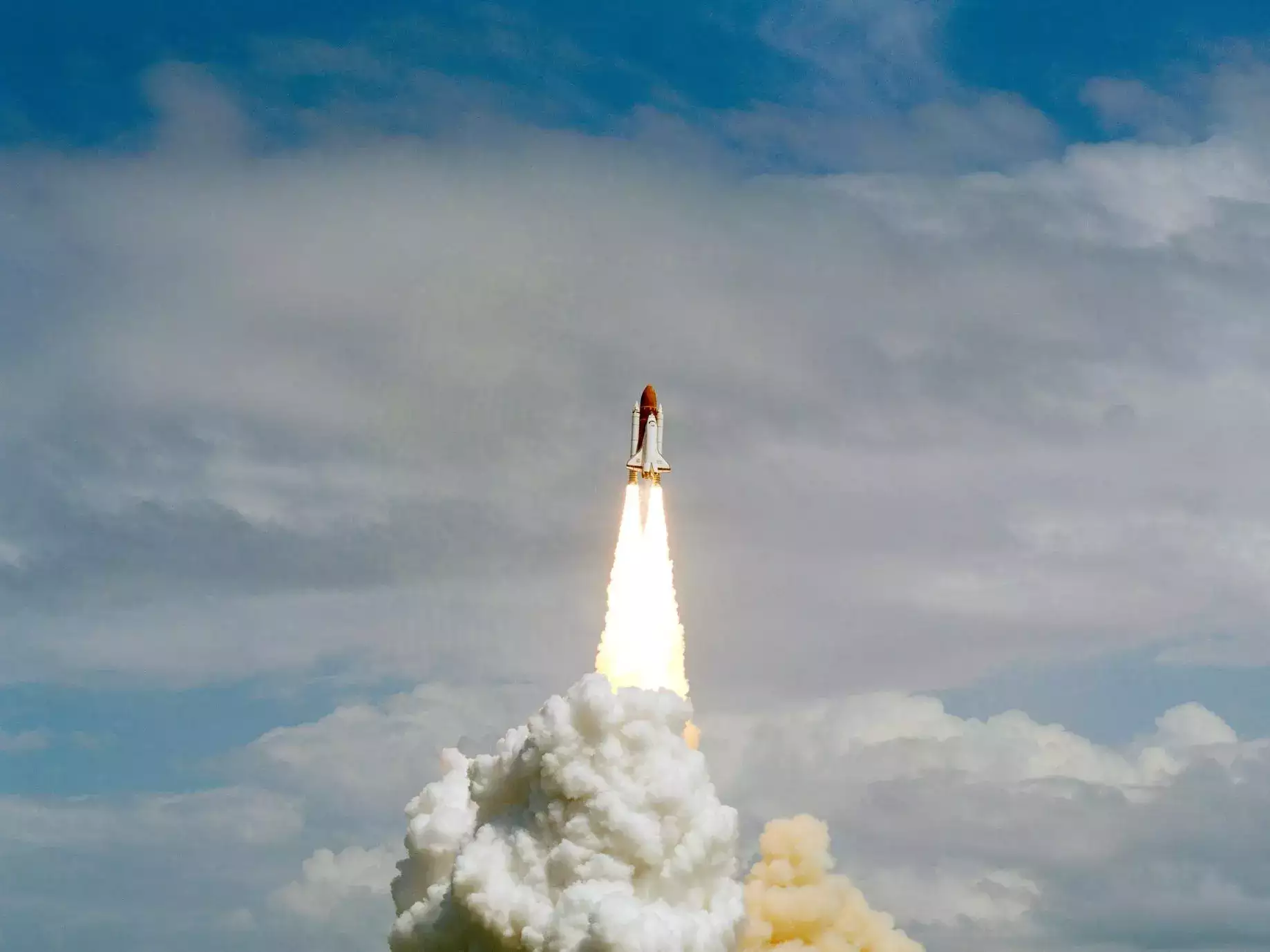Title: Space Exploration Threatens the Stratosphere and Ozone Layer, Studies Show
Subtitle: Emerging Research Highlights Impacts on Weather Patterns and Urges Protective Measures
By Pierre Herubel – SEO and High-end Writer
The fight against climate change involves various strategies, and scientists are continuously exploring new methods to limit global warming to below 1.5°C. One such strategy involves injecting aerosols into the stratosphere to enhance its ability to reflect sunlight, effectively turning it into a disco-ball. However, uncertainties surrounding this technique have made scientists cautious about its practical implementation. Ironically, the recent surge in space exploration is inadvertently leading to a similar problem, although in an uncontrolled manner.
Advancements in technology and increased private interests have resulted in a significant increase in space missions, with many rockets now being returned to Earth for reuse. Projections indicate that 2030, up to 50,000 additional satellites may be introduced into orbit. While this enhances the amount of space debris around the Earth, which already poses its own set of problems, the repeated launches and reentries may also introduce large amounts of toxic metals from spacecraft into the stratosphere.
Meteorites frequently pass through Earth’s atmosphere, burning up and leaving traces of material in the sky. However, recent studies have shown a change in the composition of “meteoritic particles” present in the atmosphere, raising concerns among scientists. These studies have identified significant quantities of metals such as lithium, aluminum, copper, and lead lingering in the stratosphere. The ratios of these metals resemble those found in spacecraft alloys, leading researchers to suspect that rockets are the primary contributors to this troubling trend.
The stratosphere, a region located approximately 10 kilometers above the Earth’s surface and extending to around 50 kilometers, is home to the crucial ozone layer. This layer protects us from harmful UV radiation that can cause cancer and cataracts. Chemical interactions within the stratosphere ensure that the ozone layer absorbs UV rays and converts them into heat, playing a vital role in regulating global weather patterns. Therefore, any significant changes in the ozone layer can have worldwide effects on weather patterns and even impact the behavior of jet streams, which direct phenomena like monsoon seasons.
Many are familiar with the issue of the ozone hole, caused increased chlorofluorocarbon emissions since the 1980s. While significant progress has been made in mitigating the hole in various regions, the presence of these spacecraft metals in the stratosphere has revived concerns about the layer’s integrity. Research has revealed that nearly 10% of the crucial sulphuric acid particles responsible for sustaining the ozone layer are now tainted these metals, posing an unknown threat to the layer. As space exploration continues to gain popularity, this threat could increase to as much as 50% in the coming decades.
Given these findings, it is imperative that we investigate these interactions in the stratosphere and implement protective measures similar to those taken for the ozone layer. Safeguarding the stratosphere and ozone layer is essential for the well-being of humans and all life forms on our planet. The impact on weather patterns and potential consequences necessitate urgent action to preserve the delicate balance of our environment. Researchers and policymakers must join hands to address this emerging issue and ensure a sustainable future for all.

